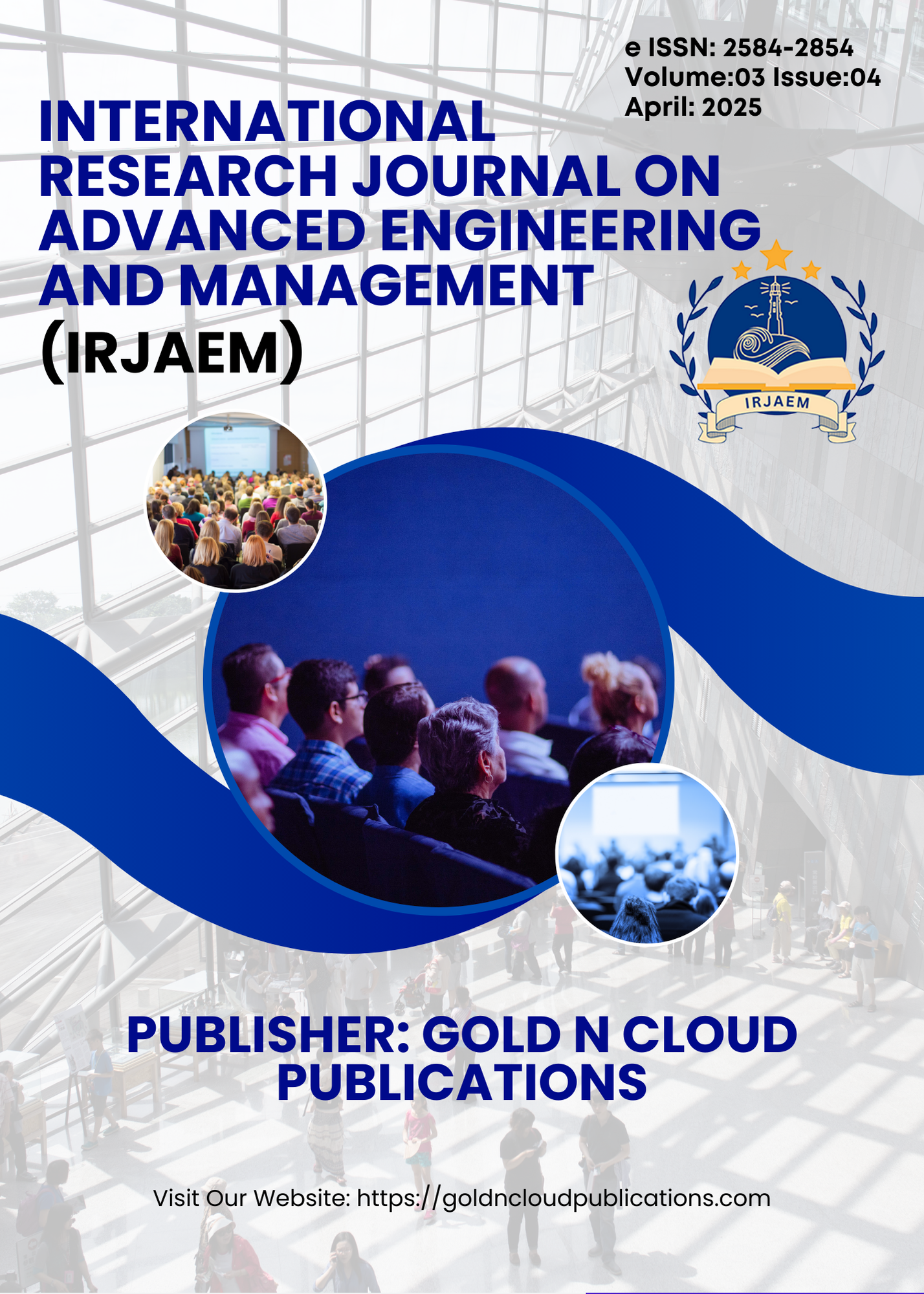Repurposing Beetroot Waste for Sustainable Production of Bioink for 3-D Printing Applications
DOI:
https://doi.org/10.47392/IRJAEM.2025.0182Keywords:
Bioink, Beetroot, RSM, Drying time, Carboxymethyl Cellulose, Polyvinyl AlcoholAbstract
The development of bioink from beetroot waste offers a sustainable and eco-friendly alternative to harmful chemicals containing traditional inks. Chemical inks like congo red, methylene blue, crystal violet and other synthetic dyes are mutagenic and carcinogenic in nature. Bioink offers a sustainable solution as it involves utilizing biowaste as the primary raw material for its production, reducing waste and promoting eco-friendliness. This study used the approach of central composite design of response surface methodology for optimising the concentration of components like carboxymethyl cellulose (CMC), polyvinyl alcohol (PVA) and beetroot extract for the formulation of bioink. By utilising natural pigments like betalains and anthocyanin, bioink reduces the risks associated with mutagenic and carcinogenic substances. This innovative approach promotes waste reduction, recycling, and the creation of less harmful products. The study's use of response surface methodology to optimise bioink formulation demonstrates the power of mathematical modeling in improving bioink quality. An approach such as this results in harmless products for both users and manufacturers, contributing to a more environmentally responsible industry.
Downloads
Downloads
Published
Issue
Section
License
Copyright (c) 2025 International Research Journal on Advanced Engineering and Management (IRJAEM)

This work is licensed under a Creative Commons Attribution-NonCommercial 4.0 International License.


 .
. 